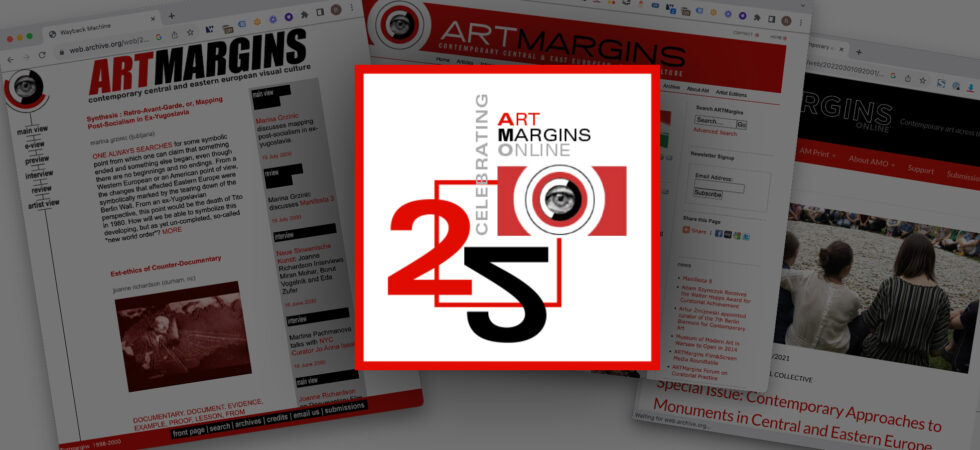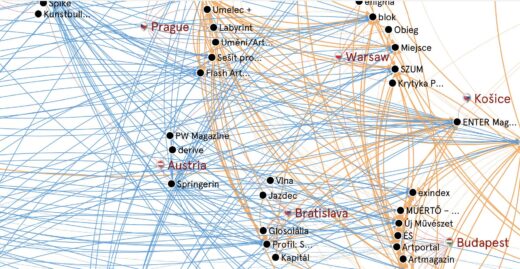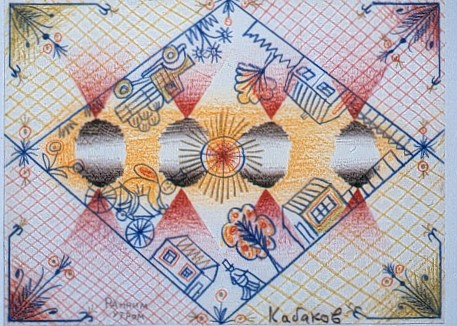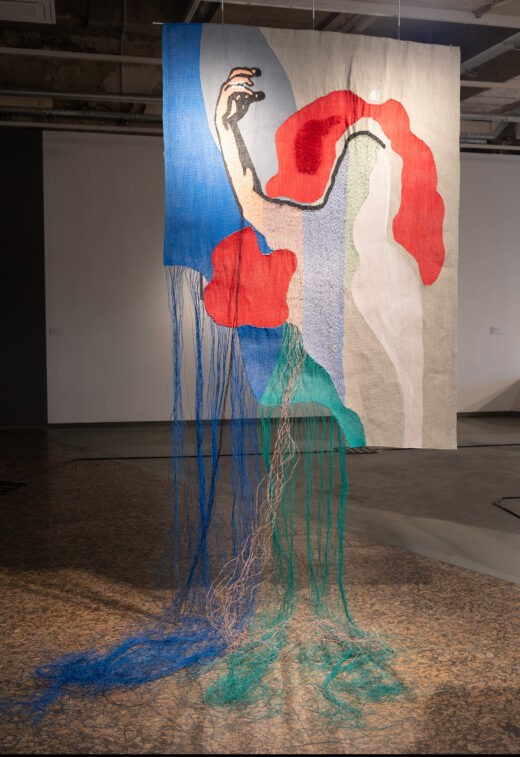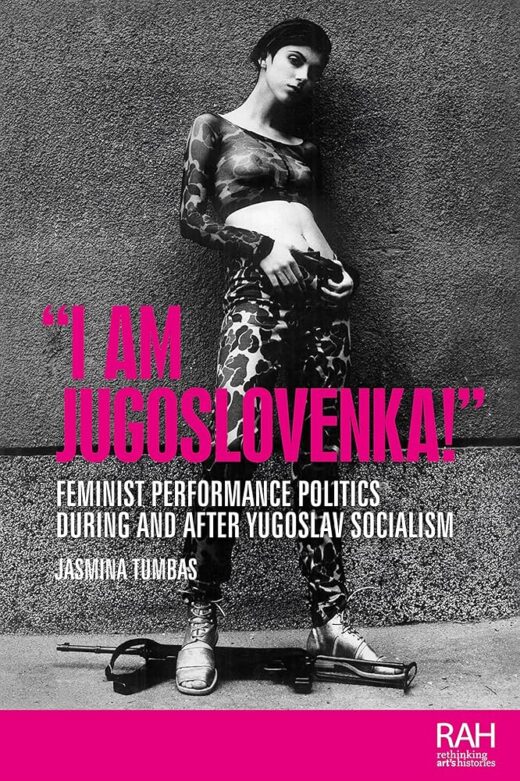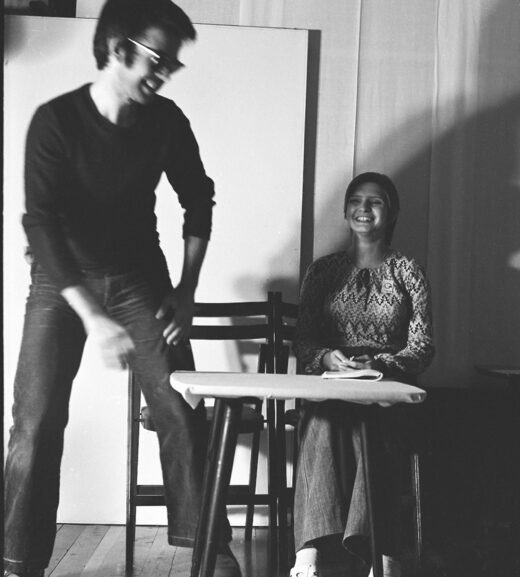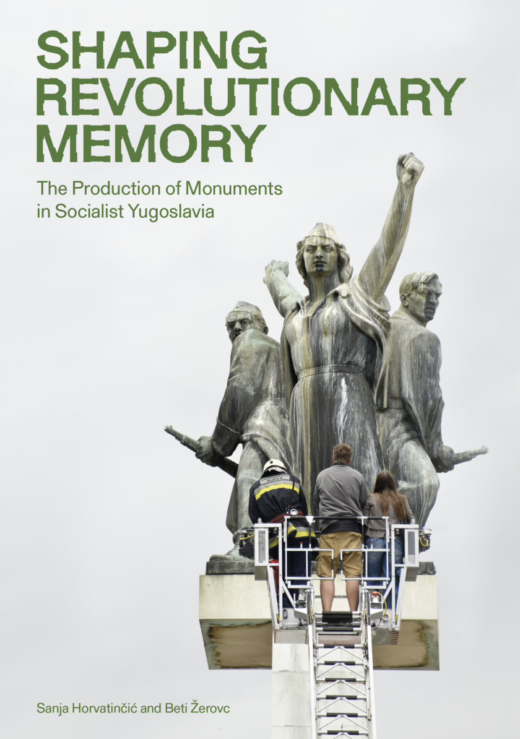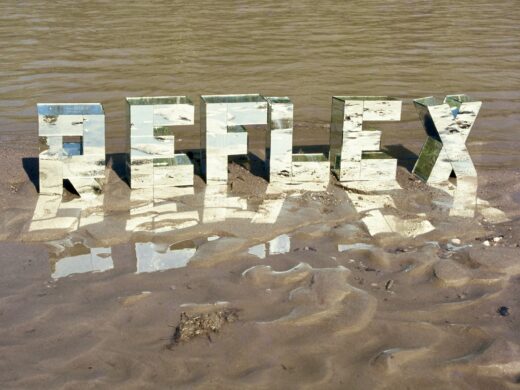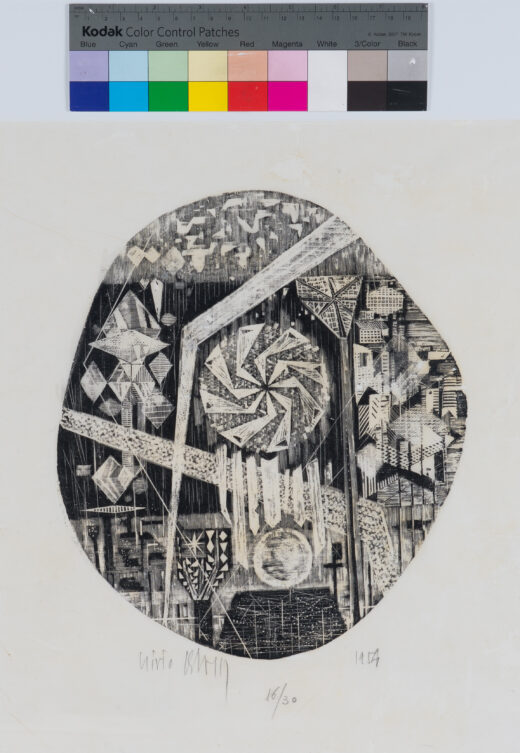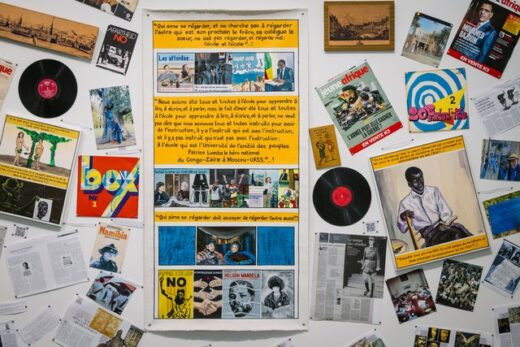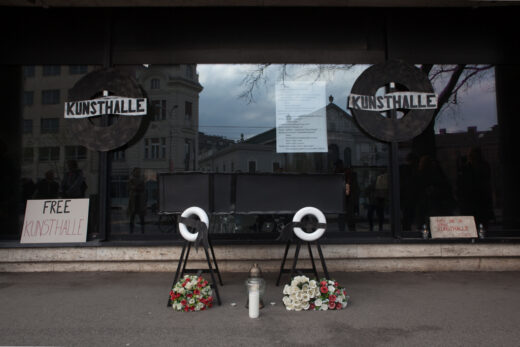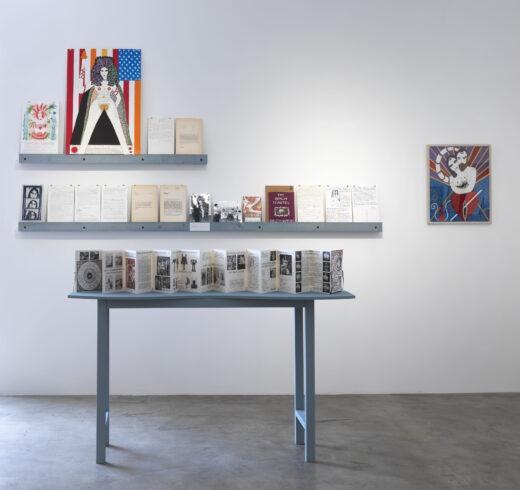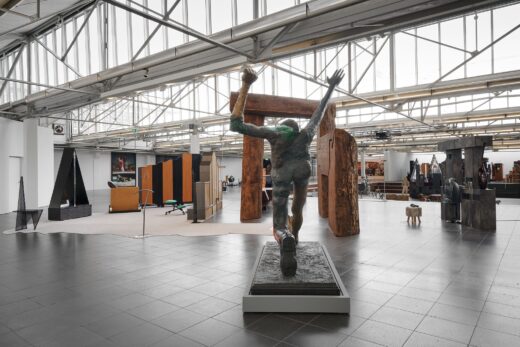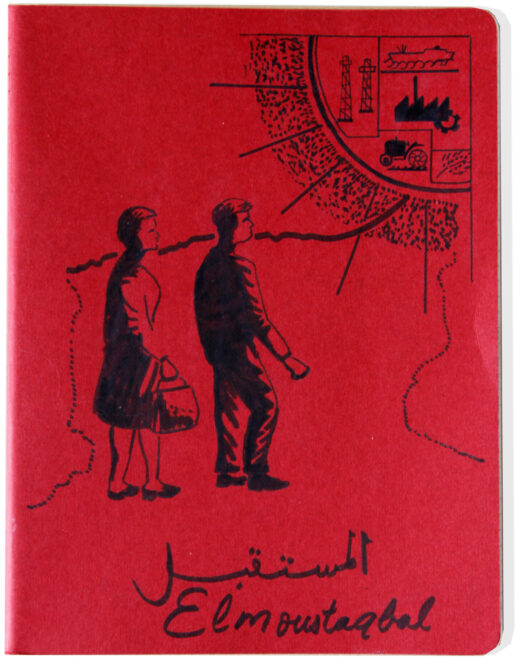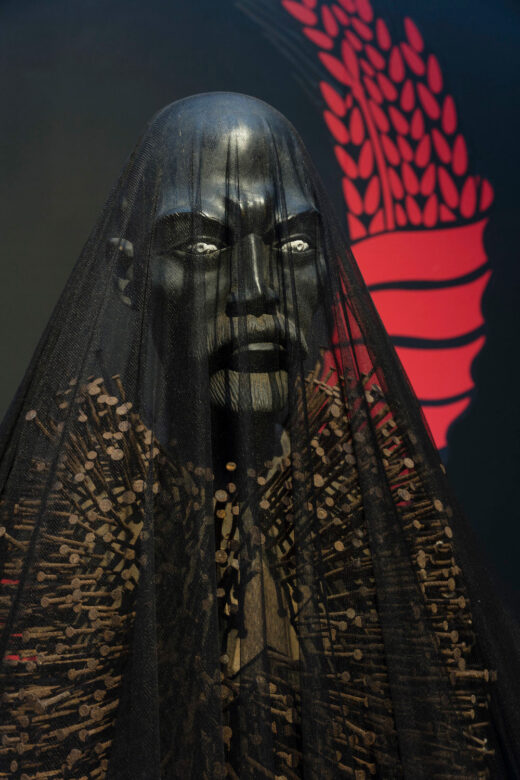25th Anniversary Reflections: From Biopolitics to Necropolitics: A Look Back at Marina Gržinić’s Interview with Maja and Reuben Fowkes, 2012
ARTMargins Online is celebrating 25 years! To mark the occasion, the editors invited past ARTMargins Online authors and other writers from the region to select one article from AMO’s online archive of more than 1000 texts, providing a brief introduction that highlights the chosen item’s continued relevance. ARTMargins Online published its first article on January 15, 1999. Today, the publication is one of the largest online archival resources for contemporary art from East-Central Europe and beyond. Our reflection project celebrates AMO’s 25 years, but it also aims to highlight our unwavering commitment to promoting research, criticism, and artistic projects that … Read more

